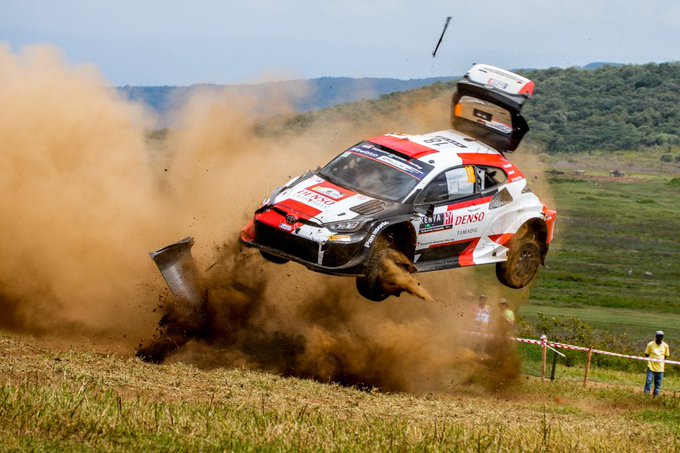Rally racing is a high-speed, high-stakes sport that requires drivers to push their cars to the limit. As a result, rally cars are built to be incredibly safe.
Here are some of the features that make rally cars so safe:
- Performance: Rally cars are designed to deliver high performance in terms of speed, acceleration, and handling. This means that they have powerful engines, all-wheel drive, and specialized suspension systems.
- Safety equipment: Rally cars are equipped with a variety of safety features to protect the driver and co-driver in case of an accident. These features include roll cages, reinforced chassis, and safety harnesses.
- Rally-specific tires: Rally cars use specialized tires that are designed to provide maximum traction on different surfaces. These tires have aggressive tread patterns that grip loose surfaces like gravel and dirt, as well as provide sufficient grip on tarmac.
- Rally navigation equipment: Rally cars often have additional equipment to assist the driver and co-driver in navigation. This includes rally computers, trip meters, and co-driver note systems. These tools help the team navigate the rally stages accurately and efficiently.
- Weight reduction: Rally cars undergo weight reduction measures to enhance performance and agility. Unnecessary components may be removed, and lightweight materials, such as carbon fiber, are used to reduce overall weight without compromising safety.
- Rally-specific electronics: Rally cars feature advanced electronic systems to aid the driver’s control and performance. These systems can include traction control, launch control, adjustable differentials, and engine management systems, allowing for fine-tuning and optimizing performance based on varying conditions.
These are just some of the features that make rally cars so safe. As a result, rally drivers are able to push their cars to the limit without fear of serious injury.
How Do Rally Cars Survive Rolls?
Rally cars are designed to withstand rollovers. The roll cage is the most important safety feature in a rally car. It is a strong metal frame that surrounds the driver and co-driver, providing protection in the event of a rollover. The roll cage is also designed to absorb the impact of a rollover, reducing the risk of serious injury.
In addition to the roll cage, rally cars also have reinforced chassis and safety harnesses. The reinforced chassis helps to prevent the car from collapsing in the event of a rollover, while the safety harnesses keep the driver and co-driver in their seats.
These safety features, combined with the high performance of rally cars, allow drivers to push their cars to the limit without fear of serious injury.
The Future of Rally Cars
Rally cars are constantly evolving, and the future of rally cars is likely to be even safer. New technologies, such as carbon fiber and advanced electronic systems, are being developed that can further improve the safety of rally cars.
As rally cars become safer, they will become more accessible to a wider range of drivers. This will help to grow the popularity of rally racing and make it even more exciting to watch.














